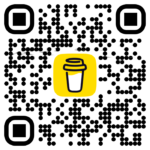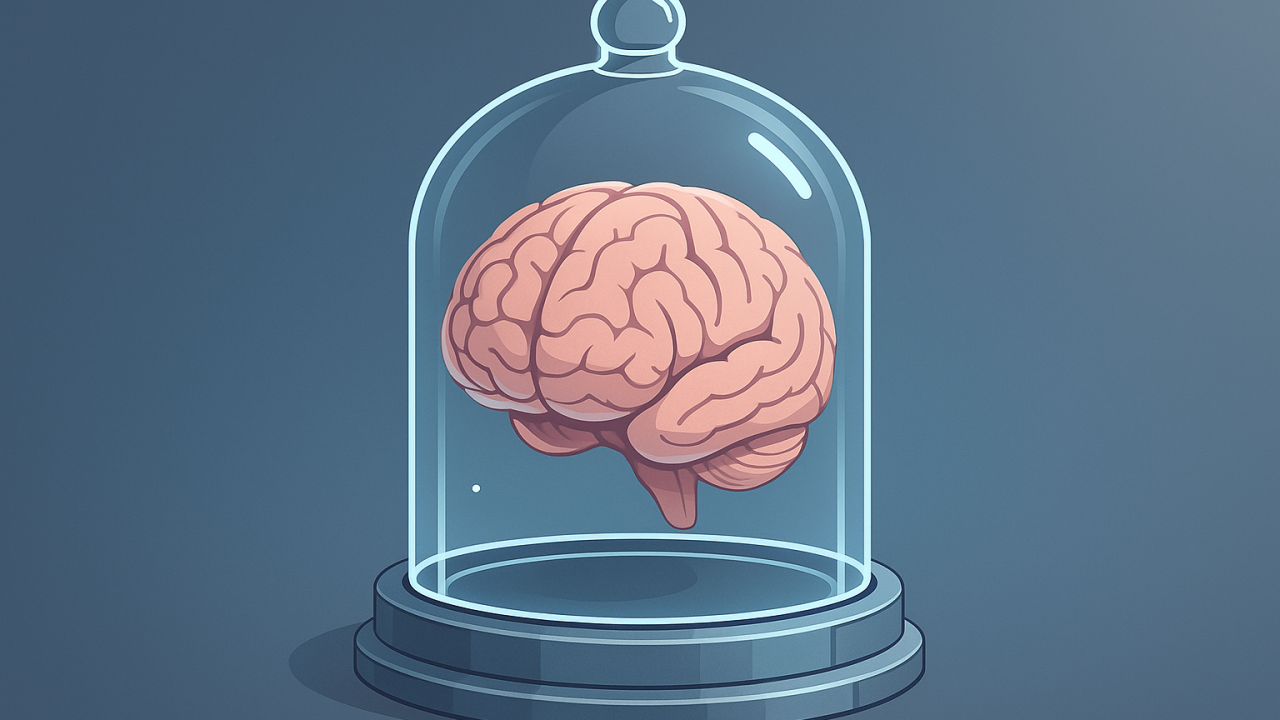Hey there, welcome back! 👋
Wherever you are in your design journey, you’ve probably heard of the Double Diamond process.
It’s a solid framework to keep your projects on track and lead you to actionable solutions.
It’s simple, clear, and effective for solving complex design problems.
Today, I’ll cover what it’s about, how to use it in your projects, and the common pitfalls to watch out for.
If you’re diving into it for the first time, here’s what you need to know—and how to make the most of it. ⬇️
What’s Inside:
- What Is the Double Diamond?
- Stage 1: Discover
- Stage 2: Define
- Stage 3: Develop
- Stage 4: Deliver
- Tips
💭What Is the Double Diamond?
The Double Diamond framework was introduced by the UK Design Council.
It splits the design process into four stages: Discover, Define, Develop, and Deliver.
These stages follow two diamonds: one for exploring the problem and one for finding solutions.
Why Two Diamonds?
Because designing isn’t linear.
First, you broaden your perspective (divergence), and then narrow it down (convergence).
Let’s break it down. ⬇️
Stage 1️⃣: Discover (Divergent Thinking)
This is the research phase.
You’re exploring the problem space and gathering as much information as possible.
💡 What Happens Here:
- Research: Conduct interviews, surveys, and observations. Get to know your users’ needs, pain points, and behaviours.
- Competitor Analysis: See how others are solving similar problems. Identify both strengths and gaps.
- Data Collection: Gather quantitative data (like analytics) and qualitative insights (like user stories) to build a comprehensive picture.
- Stakeholder Chats: Understand business goals, project constraints, and opportunities.
👍 Best Practices:
Stay curious. Don’t rush to solutions.
Involve stakeholders early. They often have valuable context.
Use empathy maps, journey maps, and affinity diagrams to organize and visualise your findings.
🚫 Pitfall to Avoid:
Skipping research to save time. You’ll pay for it later with misaligned solutions.
Stage 2️⃣: Define (Convergent Thinking)
Here’s where you make sense of your research.
You’re identifying the core problem you need to solve.
💡 What Happens Here:
- Synthesizing Data: Look for patterns, insights, and recurring themes in your research.
- Problem Statement: Create a clear statement that defines the challenge. Example: “How might we help users complete purchases faster?”
- Personas: Build personas to represent your users and their needs, frustrations, and goals.
- Journey Mapping: Highlight pain points and opportunities along the user journey.
👍 Best Practices:
Communicate with your team. Diverse perspectives lead to sharper insights.
Validate your problem statement with users or stakeholders.
Keep the problem statement specific and actionable. Avoid vague or overly broad goals.
🚫 Pitfall to Avoid:
Trying to tackle too many problems at once. Focus is key.

Stage 3️⃣: Develop (Divergent Thinking)
Time to ideate! This is where you explore potential solutions to your defined problem.
💡 What Happens Here:
- Brainstorming: Generate as many ideas as possible. Techniques like Crazy 8s or SCAMPER can help. (Crazy 8s is a sketching exercise where participants draw eight ideas in eight minutes. SCAMPER is a checklist tool to explore ideas by Substituting, Combining, Adapting, Modifying, Putting to other uses, Eliminating, or Rearranging elements.)
- Sketching and Prototyping: Create low-fidelity prototypes to bring ideas to life. This could be paper sketches, wireframes, or clickable mockups.
- User Testing: Gather feedback on your prototypes to see what works and what doesn’t.
- Iterating: Refine your ideas based on user feedback and team discussions.
👍 Best Practices:
Collaborative tools like FigJam or Miro could make your life easier.
Prototype quickly. Don’t get bogged down in perfection at this stage.
Test frequently. The earlier you test, the easier it is to pivot.
Explore multiple directions before narrowing down to one.
🚫 Pitfall to Avoid:
Falling in love with one idea too soon. Stay open to iteration.
Stage 4️⃣: Deliver (Convergent Thinking)
Now you’re refining and launching the best solution.
💡 What Happens Here:
- Refinement: Use feedback to improve your prototypes, focusing on usability and visual polish.
- High-Fidelity Design: Create detailed designs with finalised visuals, interactions, and microcopy.
- Handoff: Prepare documentation and assets for developers.
- Launch: Release the solution to users, either as a full rollout or a staged deployment.
- Post-Launch Testing: Gather real-world feedback to measure success and identify improvements.
👍 Best Practices:
Collaborate well with developers. Miscommunication here can derail your work.
Test after launch. Real-world feedback is invaluable for optimisation.
Monitor performance using analytics, heatmaps, and user feedback to ensure the solution is meeting its goals.
Plan for iteration post-launch. The first version is rarely the final one.
🚫 Pitfall to Avoid:
Thinking the work ends at launch. Continuous improvement is essential.
✨Tips for Using the Double Diamond
➡️ The framework is flexible. Tailor it to fit your project.
➡️ Each stage benefits from user input. Don’t skip testing.
➡️ If new insights emerge, be willing to revisit earlier stages.
➡️ Keep track of your findings and decisions. It’s a lifesaver when revisiting the process.
I see the Double Diamond less as a process and more as a mindset.
It’s about tackling problems step by step while keeping users at the heart of everything, so you end up with solutions that actually work.
What do you think?
Ready to try it out on your next project? 😊
This space thrives because of YOU. ❤️
If the resources I share help you grow in your career, a small contribution from you could keep this community strong.
Together, we’re building a space to learn, grow, and support each other on this design journey.
Every bit helps, and by supporting me, you’re directly helping keep this space alive and growing.
Or simply scan this QR code ⬇️

Your support means a lot!
You might also like:
Share this article:




